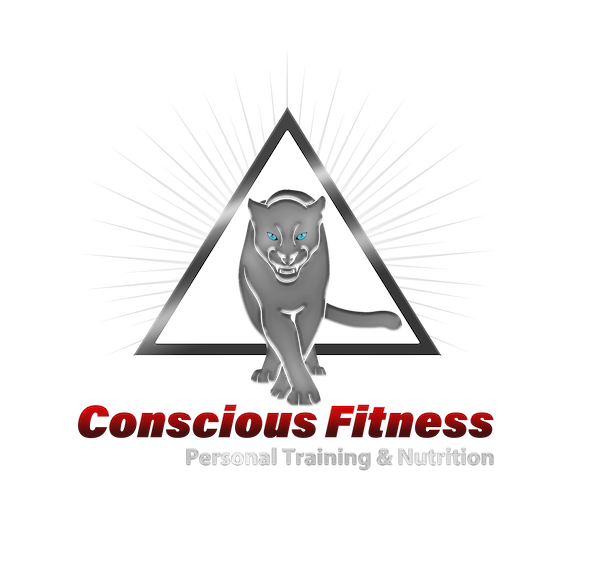In the fast-paced world we live in, marked by stress, anxiety, and constant distractions, the need for holistic therapy has never been more evident. These practices serve as the guiding lights to help individuals find balance in their bodies and minds. In a plethora of available techniques, each one may vary, but they all share a common goal – to bring individuals back to the present moment and foster a profound connection with their inner selves.
The Modern Epidemic:
In contemporary society, ailments like stress, anxiety, depression, PTSD, and trauma have become prevalent. The root cause often lies in our preoccupation with the mental state, causing us to lose touch with the present moment. The essence of holistic therapies lies in redirecting our attention inward, away from external distractions. By doing so, these practices aim to reconnect us with the current moment, fostering a profound sense of awareness and understanding.
Healing Beyond the Individual:
Holistic therapies extend their benefits beyond individual healing; they have the power to heal generational wounds. By delving into our own struggles, we inadvertently address and potentially heal the traumas embedded in our familial lines. The interconnectedness of all living beings on Earth is a fundamental principle of holistic therapy. Understanding this interconnectedness allows us to recognize that our healing journey is not isolated; it ripples through our ancestors and offspring alike.
Favourite Practices for Holistic Healing:
- Breathwork (Breathing Techniques): The breath is a powerful tool that connects the mind and body. Breathwork techniques, ranging from deep abdominal breathing to conscious breath control, offer a direct pathway to the present moment. By focusing on the breath, individuals can anchor themselves in the now, promoting relaxation and mental clarity.
- TRE (Tension and Trauma Releasing Exercises): Acknowledging and releasing tension stored in the body is crucial for holistic healing. TRE, an innovative practice, involves a series of exercises that induce tremors in the body, facilitating the release of accumulated stress and trauma. This physical release is often accompanied by emotional catharsis, paving the way for deep healing.
- Meditation: Meditation, in its myriad forms, is a cornerstone of holistic therapy. Whether practicing mindfulness, loving-kindness, or transcendental meditation, the goal remains the same – to quiet the mind, find inner stillness, and cultivate a heightened awareness of the present moment. Regular meditation can lead to improved mental well-being and a greater sense of inner peace.
- Yoga: Combining physical postures, breath control, and meditation, yoga is a holistic practice that addresses the well-being of the mind and body. Beyond the physical benefits, yoga encourages self-awareness and a connection between the individual and their surroundings. It is a journey toward unity – within oneself and with the universe.
- Shamanic Practices: Rooted in ancient traditions, shamanic practices involve tapping into the spiritual realm to seek guidance and healing. From shamanic journeying to soul retrieval, these practices provide a holistic perspective on health, considering the interconnectedness of the spiritual and physical realms.
Conclusion:
In a world filled with constant stimuli and distractions, holistic therapy stands as a beacon of hope for those seeking balance, healing, and connection. By redirecting our focus from the mental state to the present moment, these practices pave the way for profound self-discovery and inner peace. As we embark on our holistic healing journey, let us not only heal ourselves but also contribute to the healing of our ancestral lines, recognizing that our well-being is intricately connected to the well-being of all those who came before and all those who will follow.


